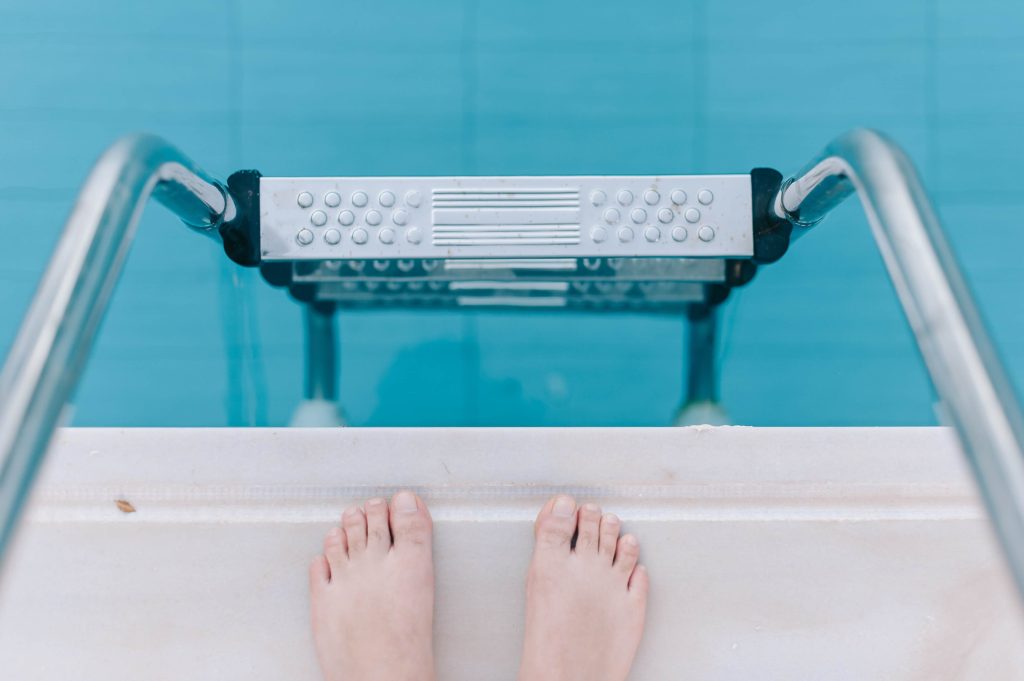Over the years, many of us have developed chronic minor injuries. These injuries, if not taken care of, only get worse. That’s the reason most of us have stopped pushing hard while working out. It has also been preventing us from playing our favorite sport or participating in an activity we love.
However, these hurdles can be solved through regular exercise, and rehabbing on an underwater treadmill could be a better solution for it. Water is a great medium for exercise. Its viscosity provides resistance for your strength training, the buoyancy of water reduces stress on your joints, and its hydrostatic pressure is utilized to support your body. In this way, water provides an exceptional workout environment.
In this blog, you’ll learn about the underwater treadmill and some of the effective ways to utilize it for your workout routine. Let’s get started with it straight away!
What is an Underwater Treadmill?
Underwater treadmills are the latest fitness craze among athletes and enthusiastic young people. They are extremely beneficial in maintaining a good and healthy body. These treadmills are integrated into the pool floor, and people are asked to run on them.
The Science Behind the Underwater Treadmill Exercise
Underwater treadmills combine the running exercise of traditional treadmills with the benefits of water. It provides low-impact cardiovascular exercise by using the natural buoyancy of water to support body weight. This significantly reduces joint stress, which is often experienced during land-based workouts.
Underwater Treadmill vs. Traditional Dry Land Treadmill
Underwater treadmills utilize the resistance of water to create a low-impact exercise environment. Users can run on the treadmill belt submerged in water. When a user runs against the water resistance, their muscles engage more effectively. Exercising on an underwater treadmill reduces stress on joints and promotes safe and balanced muscle development.
In contrast, traditional treadmills work on a dry, solid surface, which provides little to no resistance beyond the user’s body weight. These treadmills require users to run on a belt mimicking outdoor running conditions. However, land treadmills primarily focus on lower muscles, which may result in an imbalance of muscle development.
Tips For an Effective Underwater Treadmill Workout
Below are the four tips to consider when getting ready to add an underwater treadmill to your regular regimen.
Straighten Your Posture and Keep Your Body Aligned As You Run
The first thing you need to do is to adapt to the aquatic environment by keeping your body ‘inline’. This means if a line is drawn from your ear to your hip it must be straight while running. So, if your body bends forward during your treadmill exercise you need to adjust your posture as soon as possible.
Adjust Your Movement Pattern
Water, being denser than air, propels your legs through a stronger force. That’s the reason you need to adjust your movement pattern accordingly. This depends on your body type and preferred style. Some users run with high knees and others choose to run on their toes.
Move Your Arms in a Smooth and Controlled Way
If your arms are placed in a sloppy manner while running on an underwater treadmill, they can actually slow you down. This is because exaggerated arm swings create drag and splashing. A good rule of thumb is to move your arms in controlled motion to maintain effectiveness in your exercise.
Use The Right Foot Strike Technique
Some users prefer heel-to-toe motion while others want to adopt the modified tiptoe style. Both techniques can have an impact on your lower muscles. You can choose the one that suits your training goals and comfort.
Potential Benefits of Using an Underwater Treadmill
Underwater Treadmills can benefit you in the long run. Some of the potential health benefits of underwater running include the following.
- Water Treadmills provide excellent relief to older adults with joint pain.
- It may relieve chronic conditions such as osteoarthritis and more.
- The hydrostatic pressure of water can speed up the natural healing process of the bones.
- There’s no worry of falling over when you are running on an underwater treadmill.
- It improves your stamina and cardiovascular motion.
- Underwater Treadmill exercises also improve flexibility and help in muscle growth.
Final Thoughts
An Underwater Treadmill is a great way to stay fit, build strength, and recover from injuries. The water supports your body, so there’s less stress while still giving your muscles a good workout. It helps improve balance, flexibility, and stamina for people of all ages. With the right posture and movements, it’s a safe and effective way to stay active and healthy.
Frequently Asked Questions
Is there a risk of injury using an underwater treadmill?
The risk of injury on an underwater treadmill is very low because the water supports your body and cushions each movement. However, it’s still important to use the correct posture and stride.
What are the many uses of an Underwater Treadmill?
People use underwater treadmills for multiple purposes such as low-impact cardio workouts, strength training, injury recovery, and physical therapy. It can also be beneficial in balancing and improving postures.
How does an Aquatic Treadmill speed up physical therapy?
An aquatic treadmill makes your movement easier and safer. The water supports your body and reduces pressure on joints and muscles. This means you can start exercising earlier, even after surgery or injury.
Can I build muscle with underwater treadmill exercises?
Yes, it definitely helps in muscle growth. Water is much thicker than air, so your body has to work harder to move through it. This extra effort helps your muscles become stronger.


